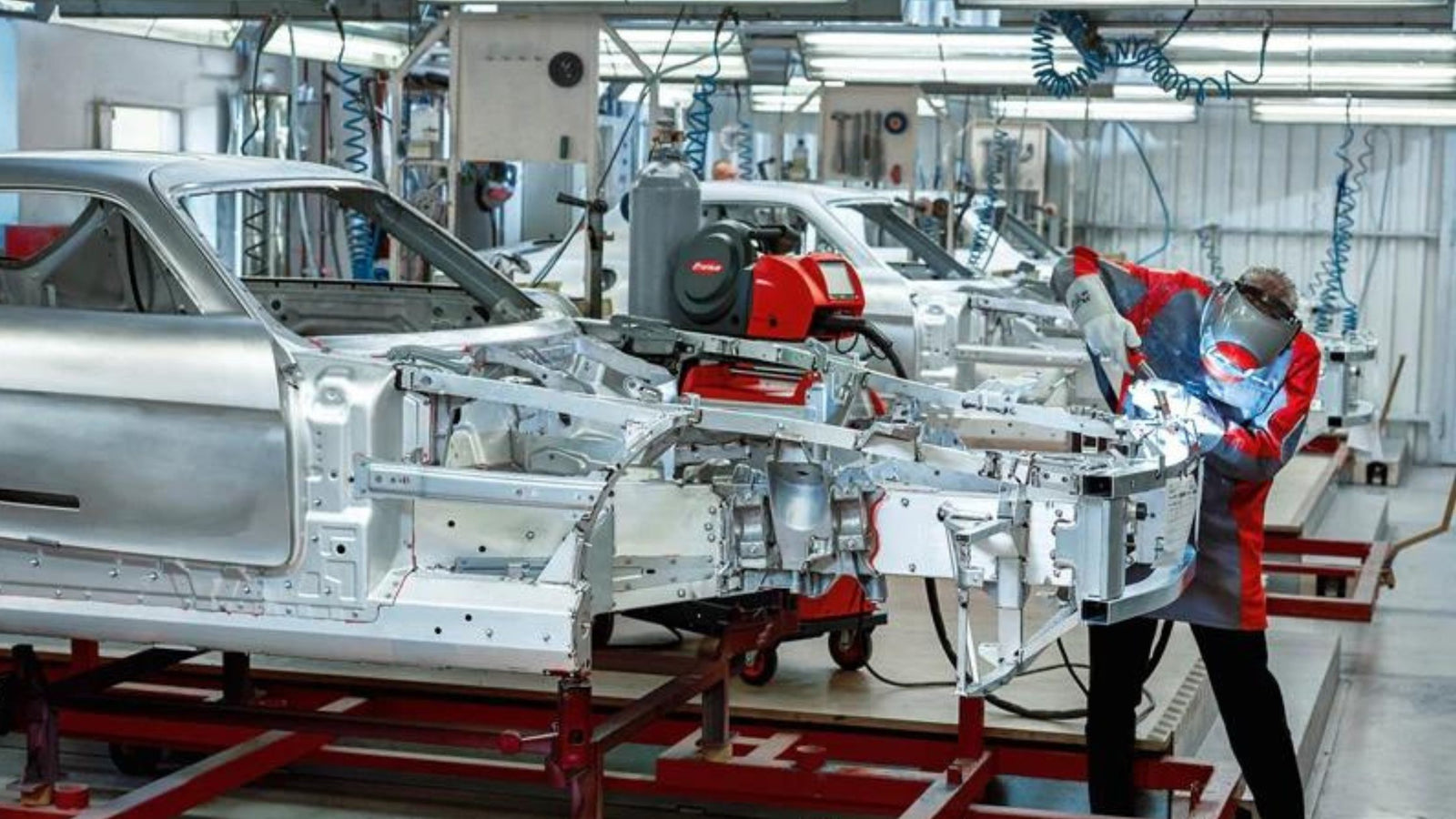Need Some Help? 0161 223 1843
Need Some Help? 0161 223 1843

May 03, 2023 3 min read
Manufacturers are continually looking at new materials in manufacture to improve strength and reduce weight. Joining different materials together has always produced challenges more so for welding. AHSS Steels and Aluminium being introduced has meant the conventional transformer MIG welder that every body shop had is no longer able to perform.
New machines called Synergics were being introduced as the new "must-have" machine but essentially these are just posh versions of what they already have and don't weld any better!
The main problem is that they don't weld the new materials correctly, or the user can inadvertently weld incorrectly using them.

A common machine I come across is the GYS Duomig. This machine is often sold welding Steel, MIG Braze and Aluminium and its synergic.
The welder is a transformer step switch welder with synergic settings, two MIG torches, and it welds well. Its problem though is its a step switch transformer with a voltage selector knob on the front from no1 to No8.
Steel requires a voltage range from 15v for the thin material, 32v for the thick and the 8 steps split this into 2 volts steps which is fine.
MIG BRAZE
MIG Braze though on vehicles needs 12v for thin and 16v for thick (chassis etc). It also requires a different choke setting from steel as the wire is softer.
Every body technician I know welds on setting 2 or 3 when MIG braze welding with this machine. The trouble is that the voltage switch setting no2 is 17-18v and this is just too high for welding butt welds with CuSi wire. The Braze seam turns black quickly and the weld is just too hot.
MIG Brazing in dip transfer mode also creates a more barrelled weld and the start of the weld bead tends to have a raised part to it which makes it aesthetically unpleasant. This is due to the weld being cold at the start as MIG Brazing takes time to generate enough heat in the weld seam. This is why 20mm runs and slots are recommended.

ALUMINIUM WELDING
Aluminium presents its own problems too in that its a softer wire than Braze, which means feeding it through the torch is difficult unless you use larger diameter 1.0mm or 1.2mm wires.
The aluminium weld seam is cold at the start, taking a little time to build up heat. This is due to the ability of aluminium to transfer heat over large distances but it gives the same aesthetic effect as MIG Braze, you get "cold starts".
Dip transfer is extremely difficult on aluminium thinner than the welding wire. as the wire and the material have the same melting point, so once you manage to get your weld pool, the dipping effect of the wire into this pool pops the weld like a balloon and leaves a hole.
As we have written before in What Does Synergic Mean On A Welder? The term synergic just means "one-button operation" with the set having pre-programmed settings to enable the welder to quickly select parameters. This can apply to a transformer MIG welder the same as an Inverter MIG welder.
This term though seems to be applied mostly to modern dip transfer welders and for some welding operations, dip transfer is not suitable, especially when MIG braze welding thin body panels and thin aluminium.
PULSED INVERTER WELDERS
This brings us onto Inverters and especially pulsed inverters
The advantages of an Inverter compared to a transformer MIG are many
A pulsed welder negates this as its less aggressive and doesn't dip into the weld pool. I describe as like somebody with an eye dropper squeezing molton material onto the job.
NEW REGULATIONS
MULTIPLE TORCHES
Another advantage of the latest bodyshop welders in multiple guns, bodyshops are often busy cramped places with equipment and space at a premium. The advantage of having multiple guns on a single welder already setup for MIG braze aluminium and steel is massive.
Manufacturers such as GYS and Telwin now manufacture Pulsed Inverter welders with multiple torches, offering all the latest technology across all welding processes.

CONCLUSION
New materials are here to stay in the body repair industry, and like most things, times move on. The advent of newer materials and the fact that you might need two processes including aluminium to be repaired means a pulsed welding is fast becoming a necessity in any modern bodyshop
Comments will be approved before showing up.